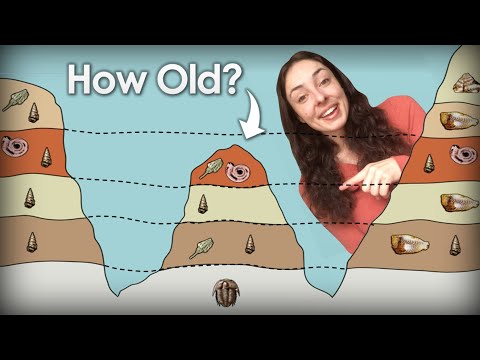Description:
Explore the foundations of geologic time and rock dating techniques in this comprehensive 28-minute video. Learn how the geologic timescale was originally constructed using fossils through biostratigraphy, a method still relevant for dating sedimentary rocks. Discover the principles of relative dating, the importance of index fossils, and how to correlate rocks using lithology and magnetic signatures. Understand the roles of lithostratigraphy, magnetostratigraphy, and chronostratigraphy in piecing together Earth's history. Gain insights into identifying sea level changes in the rock record through transgressive and regressive sequences. Perfect for geology enthusiasts and students seeking a thorough introduction to stratigraphic techniques and their applications in understanding Earth's past.

Geologic Time and Dating Rocks Without Isotopes - Biostratigraphy and Lithostratigraphy
Add to list